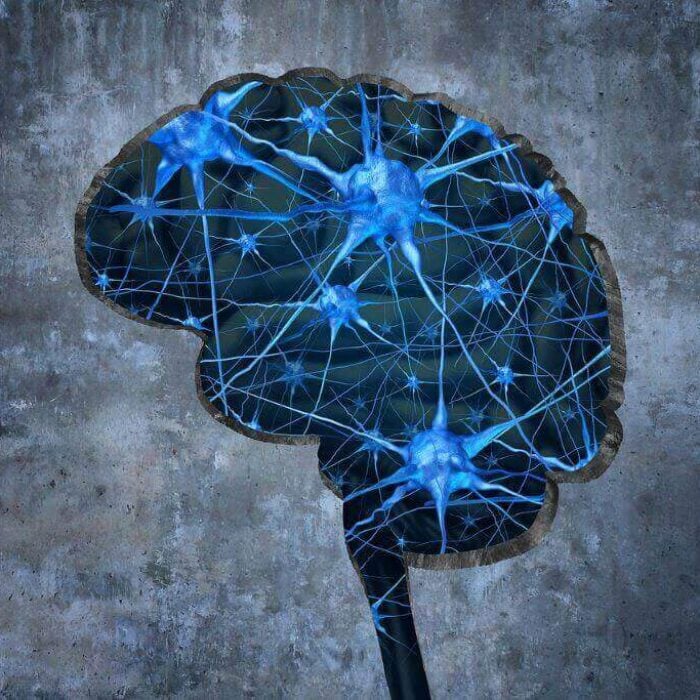Many people don’t typically think of cough medicine as a drug of abuse, but Tussionex is a prescription narcotic and could be habit-forming. It’s a combination of hydrocodone polistirex and chlorpheniramine polistirex. Hydrocodone is a centrally-acting narcotic that can be used for pain relief and cough suppression. Tussionex is meant to be taken orally and should be used only with an accurate measuring implement as taking too much can lead to an overdose. The medication is meant to be prescribed with caution as regular, prolonged use could lead to the development of a tolerance and physical and psychological dependence. Tussionex is intended for short-term use in those with coughs or other respiratory issues. A tolerance develops once a patient’s body becomes used to Tussionex and no longer responds to its effects at prescribed doses. Increasing the dose or escalating use in other ways can be dangerous, leading to a dependency. The most obvious sign of a physical dependency is the onset of withdrawal symptoms once use is stopped abruptly or tapered.
Tussionex Abuse is Most Often Accidental
Tussionex depresses the central nervous system. Taking it in combination with other drugs that have this effect can magnify this depression. These drugs include alcohol, other opiates, antihistamines and anti-anxiety medications. Some people who abuse Tussionex do it recreationally to experience feelings of euphoria or sedation. Some people choose to take it with other drugs to heighten these effects. Tussionex carries a label that clearly outlines use and warnings. Using it outside of these guidelines can be considered abuse. Most patients in the Waismann Method program didn’t intend to become dependent upon Tussionex. In most cases, this process begins after a tolerance to legitimately-prescribed medication develops. Our main goal is to safely and confidentially rid patients of opiate dependence in a quick, humane and highly efficient manner. Risky behaviors that could be considered abuse include taking more than what’s prescribed, taking it more often than what’s recommended, combining it with other substances to increase its effects or tampering with the medication. Other signs of abuse and addiction include a mental preoccupation with obtaining and consuming the drug. Others may falsify prescriptions, call in bogus refills or shop around for different doctors to secure more than one supply.
Where to Find Help for Tussionex Addiction
Abuse can lead quickly to dependence. In this case, it’s imperative that patients seek professional medical detox. The Waismann Method of rapid detox is a rapid detox procedure performed in a hospital while patients sleep lightly under sedation. Intravenous medication cleanses the Tussionex from patients’ opiate receptors. This accelerates withdrawal symptoms which occur while the patients are sedated. They awake opiate-free without awareness of withdrawal symptoms that occurred. We don’t use opiate replacements such as Suboxone or methadone to wean patients and the entire hospital stay is a few days, getting patients back on their feet in much less time than traditional drug treatment programs. Domus Retreat, our aftercare facility, is also available for those who wish to continue their recovery.













